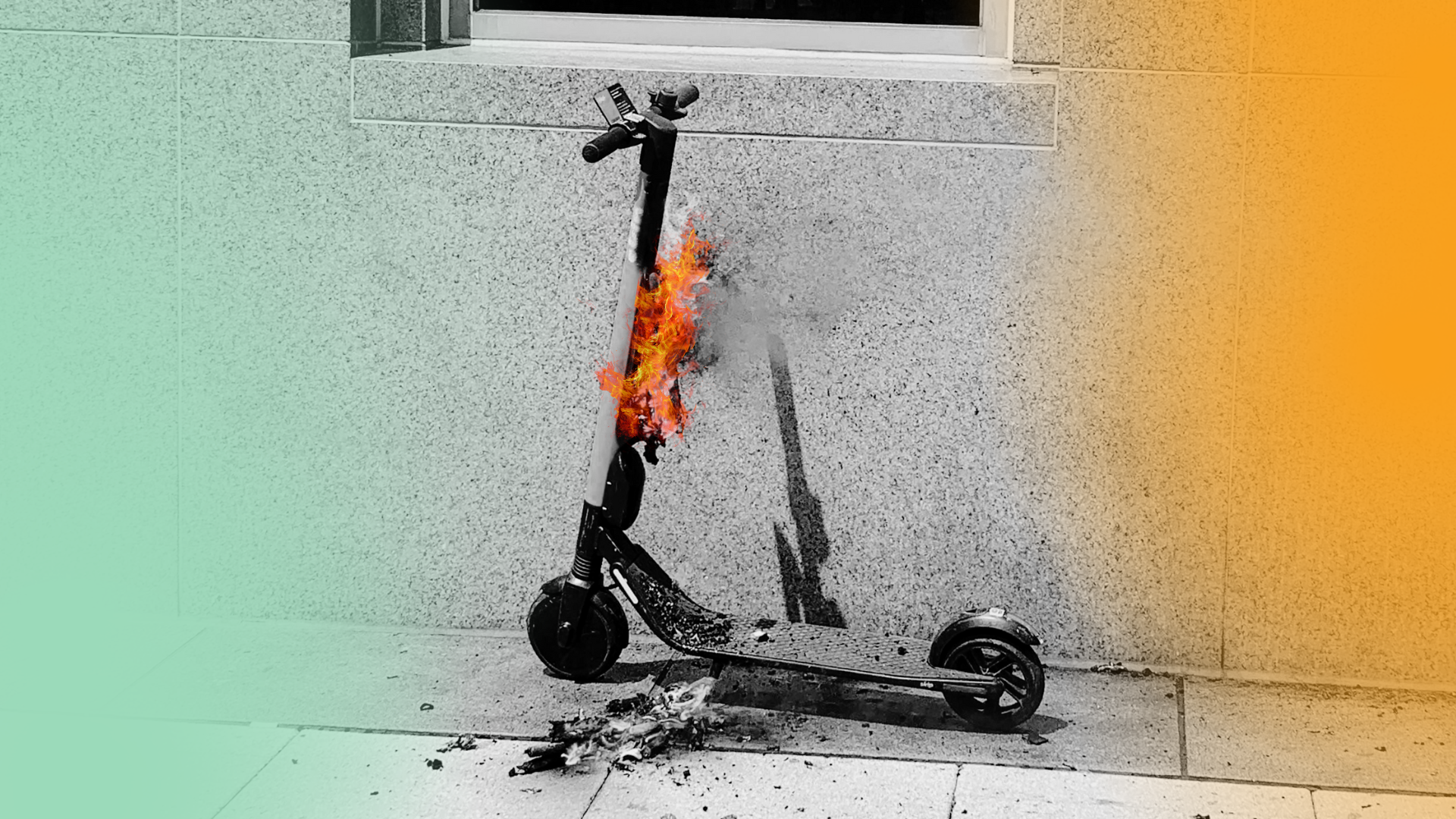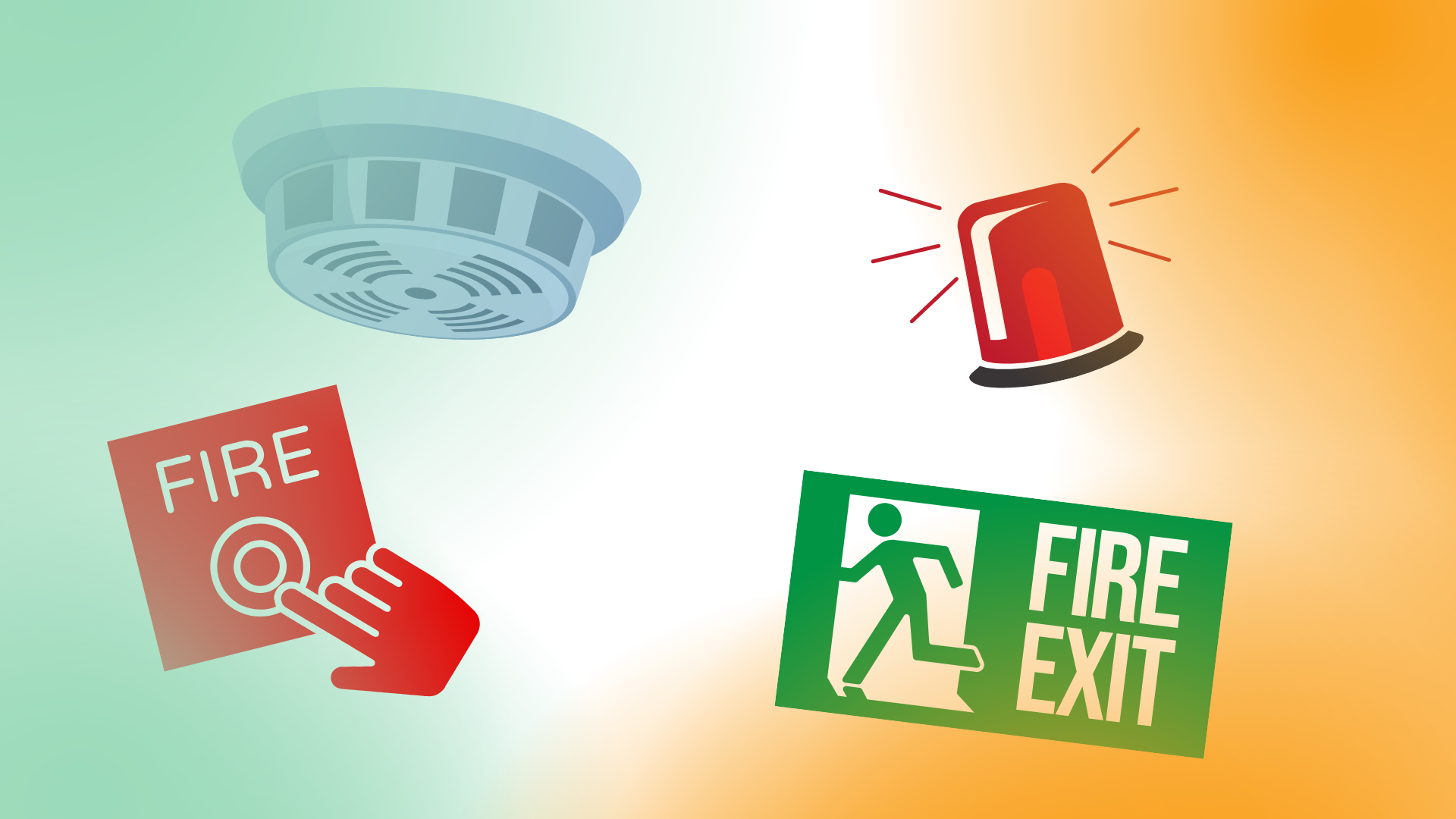Outdoor Electrical Safety for Venues
Ensuring Safety and Compliance: The Importance of Outdoor Electrical Inspections for Hospitality Venues

As the hospitality industry prepares for the warmer months, it's crucial that venues ensure their outdoor electrical systems are not only functional but safe. At Southern EET Testing, we understand the complexities of maintaining outdoor electrics, especially in environments exposed to the UK's unpredictable weather. Our latest guidance is designed to help hospitality venues navigate the challenges of outdoor electrical safety and compliance.
Why Regular Electrical Inspections are Essential
Outdoor electrical installations, from lighting to heating systems, play a pivotal role in creating inviting and functional spaces for guests. However, these systems are also exposed to harsher conditions which can lead to deterioration and potential hazards. Regular inspections by a qualified electrical testing company can prevent these risks, ensuring that all electrical components are in good condition and meet current safety standards.
The Risks of Neglected Outdoor Electrical Systems
Failure to regularly inspect and maintain outdoor electrical systems can lead to several risks, including:
- Electrical Fires: Faulty wiring and overloaded circuits can cause fires, endangering lives and property.
- Electrical Shocks: Worn or exposed wiring can increase the risk of electrical shocks to both staff and guests.
- Operational Failures: Unexpected failures can disrupt business operations, leading to revenue loss and negatively impacting guest experiences.
Southern EET Testing’s Comprehensive Outdoor Electrical Services
At Southern EET Testing, we specialise in ensuring that your electrical systems are not only efficient but also compliant with the latest safety regulations. Our services for hospitality venues include:
- Portable Appliance Testing (PAT): Thorough checks to ensure that all portable electrical appliances are safe to use.
- Fixed Wire Testing: A detailed examination of the electrical circuits and systems that are permanently installed in your building.
- Emergency Lighting Testing: Ensuring that your emergency lighting systems function correctly during a power outage or emergency situation.
- General installation, repair & maintenance: Ensuring your outdoor space looks its best and functions well.
Get Certified and Stay Safe
Outdoor electrical inspections are more than just a regulatory requirement; they are a crucial component of your venue’s safety and operational integrity. Contact Southern EET Testing today to schedule your comprehensive outdoor electrical inspection ready for Summer ☀️











